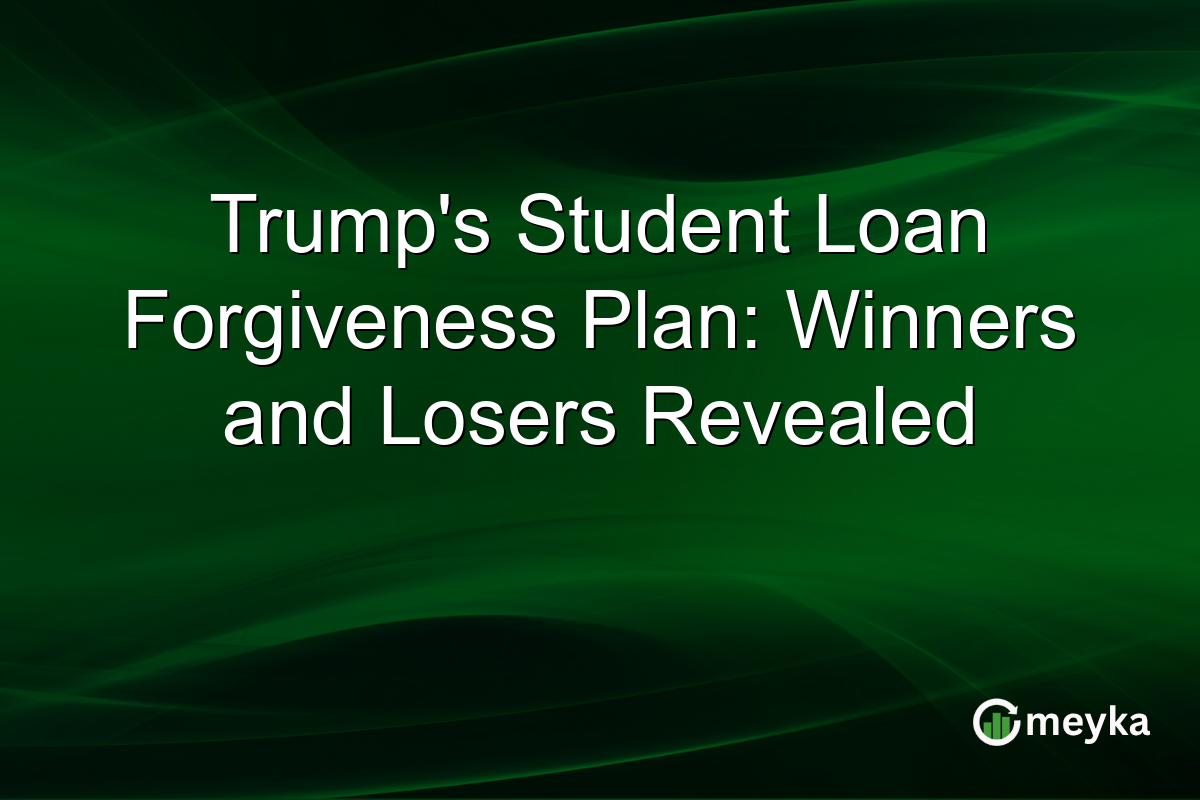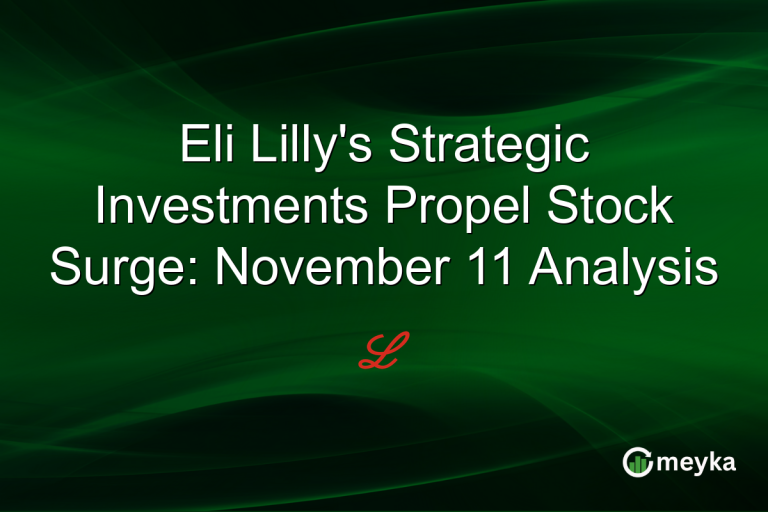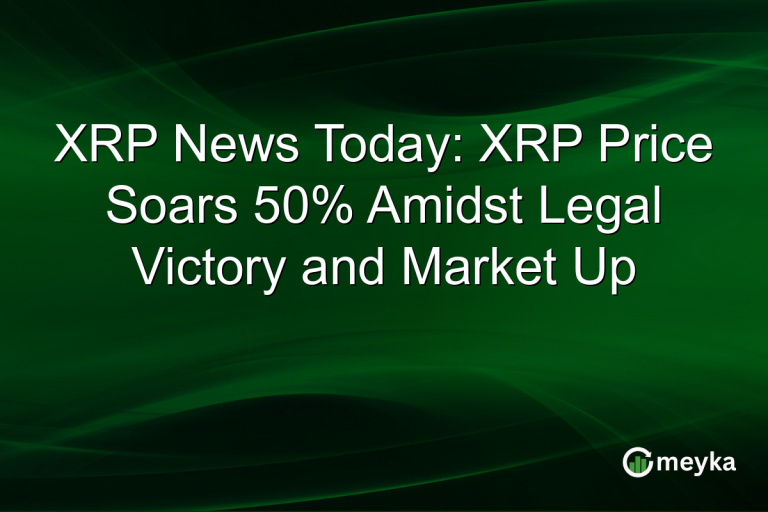Trump’s Student Loan Forgiveness Plan: Winners and Losers Revealed
President Trump has introduced a new student loan forgiveness plan, sparking debates among borrowers and policymakers. The plan aims to transform the student loan landscape by revising existing structures like the Public Service Loan Forgiveness (PSLF). However, not all responses have been positive. While some borrowers see opportunities in the changes, others face potential challenges regarding future eligibility and financial planning.
Key Changes in Student Loan Forgiveness
The main overhaul involves adjustments to the Public Service Loan Forgiveness (PSLF) program, creating uncertainty. Originally, PSLF aimed to forgive loans for public service workers after 10 years of payments. Trump’s plan now includes a shift towards income-contingent repayment schemes, recalibrating how much borrowers need to pay monthly based on their earnings.
This adjustment could ease the burden for some, reducing obligatory monthly payments. But, others fear it may complicate reaching total forgiveness, especially those relying on straightforward PSLF eligibility. According to a USA Today article, thousands of borrowers are reassessing how these changes might reshape their repayment strategies.
For those in low-income public service roles, the advantage lies in reduced immediate payment pressure. Meanwhile, higher earners in the same field could end up paying more over time, creating financial strain.
Winners: Who Benefits From the Plan?
Low-income borrowers may experience relief, as income-contingent repayments adjust to current financial situations, effectively lowering out-of-pocket monthly expenses. Those who were previously unable to meet PSLF requirements due to rigid loan conditions might now see a way forward under these new adjustments.
Moreover, recent graduates entering the public sector or non-profit work may find the relaxed income demands create a softer landing as they start their careers. This model aims to accommodate fluctuating earnings early in a career to prevent overburdening young professionals.
However, the changes are much less beneficial for those approaching forgiveness under the old PSLF terms, potentially setting back their progress towards eliminating debt.
Losers: Challenges and Concerns
The biggest concern circles around those who have spent years paying under PSLF, expecting forgiveness soon. They may find themselves affected by recalibrated terms and potentially heavier burdens if their incomes rise substantially. In essence, the promise of predictable loan forgiveness suddenly seems less guaranteed.
For mid-career professionals in stable public roles, the shift to income-based calculations could mean higher total repayment amounts over a lifetime. This creates dissatisfaction among those who believed their decade of public service would secure a clear financial future.
Increased administrative complexities also lurk. Recertifying annual income under this evolving plan might frustrate borrowers. Frequent adjustments in repayment amounts can disrupt personal budgets, leading to unrest among financially strained households.
Market Sentiment and Community Reaction
The reaction on social media platforms like X is mixed. Some users share relief over expected lower payments, while others express frustration about disrupted forgiveness timelines. One notable tweet by a borrower highlights their confusion over new repayment schedules, emphasizing a need for clarity in policy communication. View more education policy updates.
The broader sentiment appears cautious, with many borrowers waiting to understand full policy implications. Advocacy groups are pushing for detailed guidelines to assist borrowers in navigating this changed environment. They insist that transparency in implementation is crucial to prevent widespread dissatisfaction and financial hardship.
Final Thoughts
The Trump student loan plan introduces significant shifts in how borrowers approach forgiveness and manage repayments. While income-contingent options may offer short-term relief for some, potential long-term consequences worry many. Those close to fulfilling PSLF criteria face an uncertain future, potentially extending their repayment journey.
For investors looking at the education sector, these changes might reflect broader economic impacts as borrowers’ disposable incomes adjust. Moreover, companies and policymakers need to provide clear communication to avoid confusion and build trust among affected communities.
Ultimately, the real test lies in effective implementation and guidance, ensuring that students and graduates can navigate their financial paths with confidence. Platforms like Meyka can provide necessary insights and analytics as these shifts unfold.
FAQs
Low-income borrowers and recent graduates in public service or non-profit roles benefit from reduced monthly payments. This helps them manage debt without overwhelming financial pressure.
The biggest change is the shift to income-contingent repayment plans, reorganizing monthly payments based on earnings. This impacts the traditional Public Service Loan Forgiveness timeline and terms.
Borrowers close to PSLF forgiveness may face setbacks with new terms, potentially prolonging repayment periods and increasing total repayment amounts.
Disclaimer:
The content shared by Meyka AI PTY LTD is solely for research and informational purposes. Meyka is not a financial advisory service, and the information provided should not be considered investment or trading advice.






